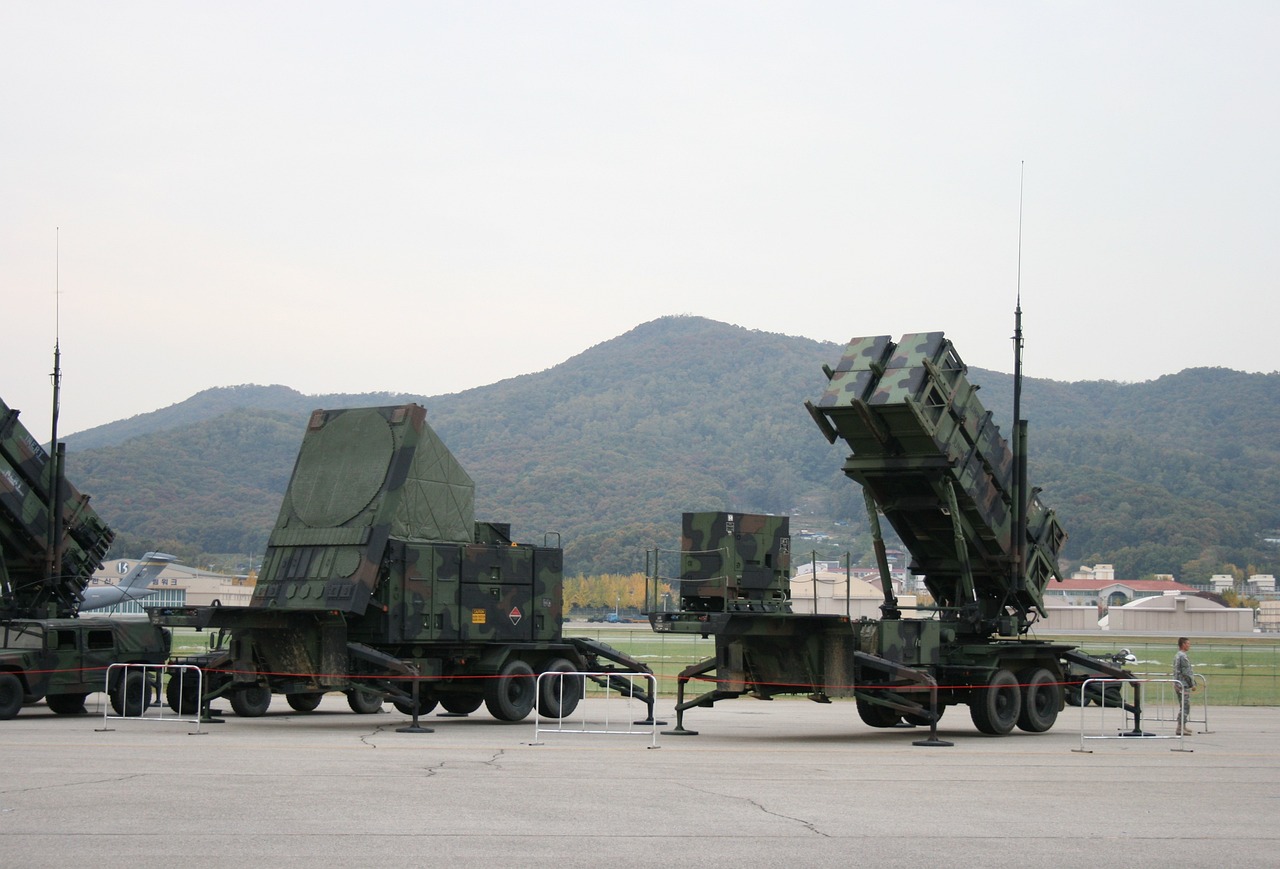This post is also available in:
 עברית (Hebrew)
עברית (Hebrew)
Military bases are essentially miniature cities, with all the same infrastructure needs like transportation, on-base personnel services and energy management, coupled with specific military needs. The US Department of Defense wants to create the smart base of the future. The idea is to use a 5G infrastructure to connect all of the elements, as well as cybersecurity and physical security, to become fully integrated and agile.
4G LTE networks will still provide the backbone for digital communications and connectivity on these bases; it’s 5G that will help provide the high-speed, low-latency connectivity required for emerging use cases and technologies on the intelligent edge.
For example, at Marine Corps Air Station Miramar in San Diego, California, DoD has teamed up with Verizon to introduce the first 5G Ultra Wideband instances deployed on a military installation. With 5G Ultra Wideband, the teams are enabling various use cases like energy management, drone management and autonomous vehicles.
5G Ultra Wideband technology is expected to be applied in smart bases regarding technologies like AR/ VR, machine learning, unmanned aerial vehicles and high-speed video, for sensor applications, according to a Verizon official.
Turning a standard military base into a smart base is not without its challenges, e.g. security, which has to be factored into the architecture and design. It can’t be an afterthought for the military.
While 5G may increase the threat surface of a network by extending the perimeter and adding countless new endpoints like IoT sensors, it also can provide faster response times as well as better network visibility and encryption to respond to threats, according to federalnewsnetwork.com.
Interested to know more about securing 5G infrastructure? Attend INNOTECH 2021 Cyber, HLS, and Innovation Event at Expo Tel Aviv, Nov. 17-18.

























